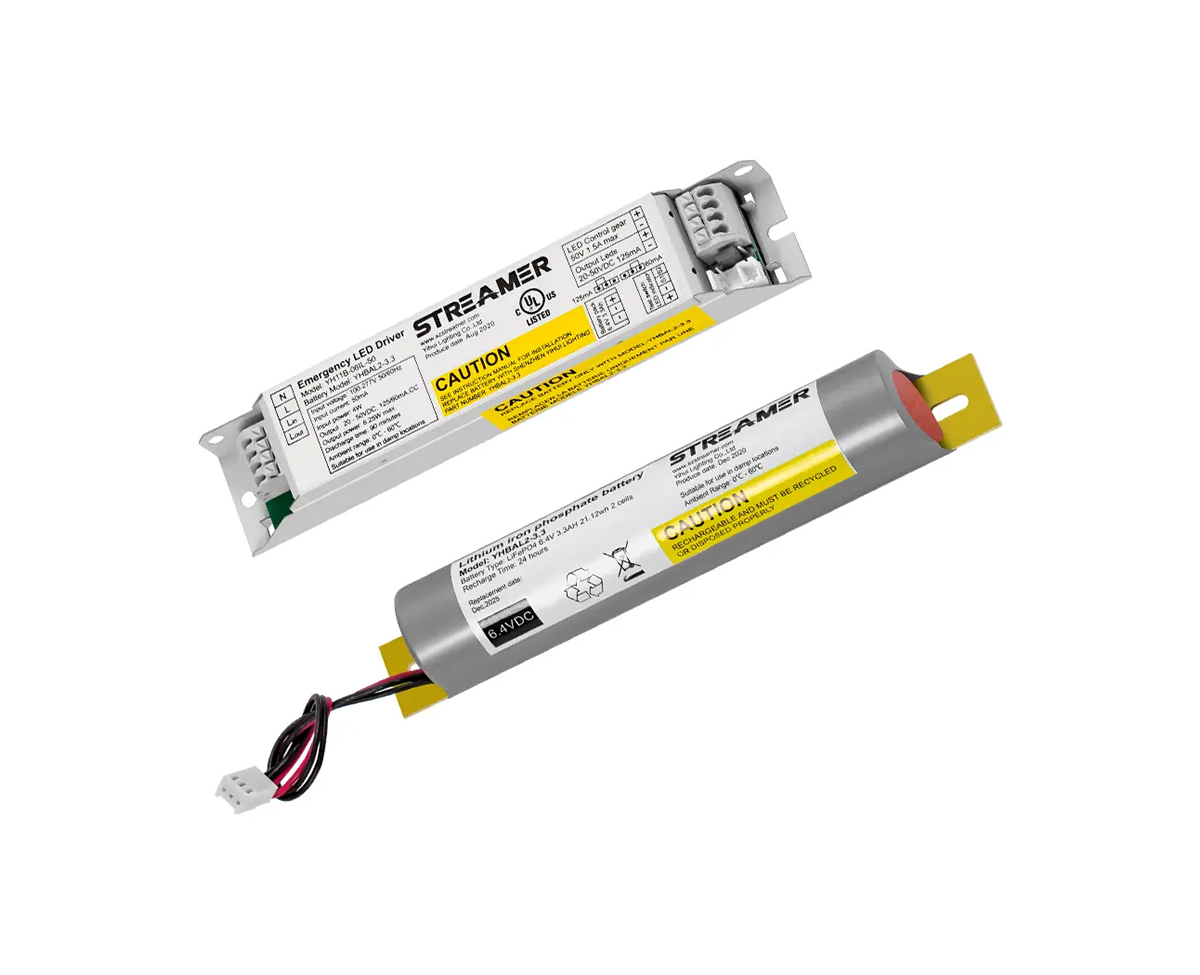 1
1
 Apr 04, 2025
Apr 04, 2025

Emergency batteries play a crucial role in ensuring the continuous operation of essential equipment during power outages. The way these batteries are connected significantly impacts their performance, reliability, and the overall effectiveness of the emergency power system.
There are primarily two connection methods for emergency batteries: series and parallel connections. In a series connection, the positive terminal of one battery is connected to the negative terminal of the next battery. This configuration increases the voltage output while keeping the capacity (in ampere - hours, Ah) the same as that of a single battery. For example, if each battery has a voltage of 12 volts and a capacity of 100 Ah, connecting two batteries in series will result in a total voltage of 24 volts with a capacity of 100 Ah. Series connections are commonly used when the equipment requires a higher voltage to operate, such as in some industrial emergency lighting systems.
On the other hand, in a parallel connection, the positive terminals of all the batteries are connected together, and the negative terminals are also connected together. This setup maintains the voltage of a single battery but increases the overall capacity. Using the previous example, connecting two 12 - volt, 100 - Ah batteries in parallel will result in a total voltage of 12 volts and a capacity of 200 Ah. Parallel connections are suitable for applications where a longer backup time is required, such as in small - scale data centers.
In more complex emergency power systems, a combination of series and parallel connections, known as a series - parallel configuration, may be used. This allows for customization of both the voltage and capacity to meet the specific requirements of the equipment. For instance, in a large - scale hospital emergency power system, multiple batteries may be connected in a series - parallel arrangement to provide the necessary voltage and capacity to power critical medical equipment.
Proper wiring and connection techniques are essential when connecting emergency batteries. Loose connections can lead to increased resistance, which may cause overheating, reduced battery performance, and even a fire hazard. Additionally, it's crucial to use the appropriate cables and connectors rated for the voltage and current of the battery system.